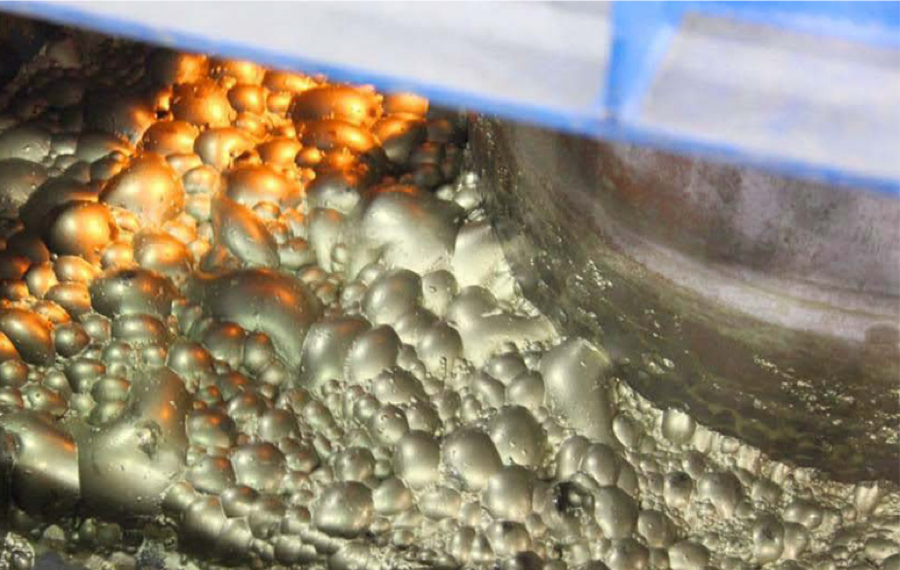Introduction
Copper prices have taken a significant hit mid-week, dropping 1.8% to $4.639 per pound ($10,220 per tonne) on the Comex, after a brief surge following positive developments in US-China trade talks. The metal, often seen as a bellwether for global economic health, continues to experience volatility in 2025, reflecting broader market uncertainties.
Main Body
Despite reaching all-time highs in March, copper prices have been on a rollercoaster, nearly crashing below $4.00 just two weeks later. However, year-to-date gains remain strong at nearly 16%. A key driver of demand comes from China, where copper concentrate imports surged by 24% year-on-year in April, reaching a five-year high of close to 3 million tonnes, according to RBC Dominion Securities. This increase persists despite negative treatment charges for miners, with spot fees hitting a historic low of $57.50 per tonne.
The supply dynamics are also shifting. Chinese smelters have benefited from renewed exports from Freeport’s Grasberg mine in Indonesia and rerouted cargoes from a Glencore smelter outage in the Philippines. However, Freeport’s upcoming in-country smelter, expected to be operational by September, could reduce supply to China, which has aggressively expanded its smelting capacity. Meanwhile, Shanghai copper inventories dropped dramatically to 89,000 tonnes by the end of April, a decline of nearly 150,000 tonnes in just one month.
On the trade front, while the US-China deal offers hope, RBC cautions that its full impact on global growth remains unclear. The bank suggests that a finalized agreement could reduce economic risks and allow copper’s positive fundamentals to shine. Additionally, RBC highlights attractive equity valuations in the sector, naming Capstone Copper, Hudbay Minerals, Ivanhoe Mines, and First Quantum Minerals as top picks. Notably, First Quantum’s Cobre Panama mine, shuttered for over 18 months, may soon reopen under new partnership models proposed by the Panamanian government.
Analysis and Opinion: The copper market’s volatility underscores the fragility of global economic recovery amid geopolitical tensions and trade uncertainties. While China’s robust demand signals industrial strength, the negative treatment charges raise questions about the sustainability of current supply chains. Could Freeport’s new smelter disrupt China’s dominance in copper processing? Furthermore, with the US-China trade deal still in flux, how much of the optimism is already priced into the market? As green energy and electrification drive long-term copper demand, short-term fluctuations tied to macroeconomic policies will likely keep investors on edge.
Conclusion
Copper prices remain under pressure despite positive trade developments and strong Chinese demand. As supply dynamics evolve and trade negotiations progress, the market’s trajectory will hinge on global economic stability and policy outcomes. Investors should closely monitor these factors while considering opportunities in undervalued copper producers.
